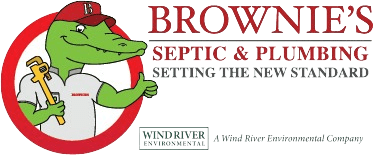Are you wondering if you need a water treatment system to fight back against contaminants or hard water? This is a valid concern when you consider that the toxins and chemicals in municipal tap water systems can affect the taste of water or even make you sick. A quality water filter system has the ability to get rid of:
Lead
Radium
Microbes (such as bacteria, viruses or parasites)
Radon
Arsenic
Nitrates
Pesticides
Consider that many municipalities today are pumping water into homes that often contains contaminants that could adversely affect your health. If you’re concerned about this and aren’t sure what’s in your water, then you might want to first consider getting your water tested. There are independent, state certified labs that will do this testing for you. If your water reveals that you need filtering, then you’ll need to install some sort of water treatment system.
Let’s take a look at the various water treatment systems available to you.
Point-of-Use Treatment Systems
These types of devices have the ability to remove impurities like limescale and nitrates. They attach directly to faucets and provide great-tasting, high-quality water. These are good choices when you live in a townhome, apartment or condo.
There are two options available in under this category:
Reverse osmosis: Using a membrane, this unit filters water by pulling out microbes and chemicals via a pressure system. This is one of the most effective ways to purify water because it gets rid of the substances that cause disease.
Distillers: While these units can possibly change how water tastes, they use a process for removing minerals by boiling the water. The result is that contaminants get removed through the resulting water vapor.
Point-of-Entry Treatment Systems
These systems are attached to the home’s main water line. You’ll also hear them referred to as whole-house purification systems. The big benefit here is that you gain the ability to eliminate hard water or contaminants throughout your entire house with one integrated system.
Not only does it protect you in the shower and provide healthier drinking water, but it also helps make washing machines, water heaters, and dishwashers last longer. It also prevents hard water buildup in your plumbing system that can cause expensive blockages.
Although more expensive than a point-of-use system, a point-of-entry system will normally last longer. You’ll find that these systems usually have a lifespan of five to seven years or so. Filters in a point-of-entry system need to be replaced less often than direct-to-tap systems.
Point-of-entry options include:
Aerators: Using blasts of air, contaminants like radon are removed.
Water softeners: Potassium and sodium ions are used in this type of system to replace magnesium and calcium ions.
Adsorptive media: Usually carbon-based, these water filters do their work by trapping liquids and solids in the filter’s trap.
How Much do Water Treatment Systems Cost?
You can pick up a point-of-use water treatment system for less than one hundred dollars if you select a carbon system. If you want to move up to a reverse osmosis option, then you’ll most likely spend several hundred dollars.
When selecting a point-of-entry system for your entire home, you’re most likely going to invest up to two thousand dollars. Again, a reverse osmosis option is going to cost more. In that case, your costs can range from a few thousand dollars all the way up to more than ten thousand dollars.
As you can see, there is quite a bit to think about when considering how to best filter your water.
Don't become overwhelmed with all the choices. Start by deciding whether a point-of-use or point-of-entry system makes the most sense for your particular situation. Then decide which type inside that category works best for you. Brownies Septic & Plumbing is happy to help walk you through your options. To schedule an appointment, call (407) 890-0116.


.1909190841550.png)